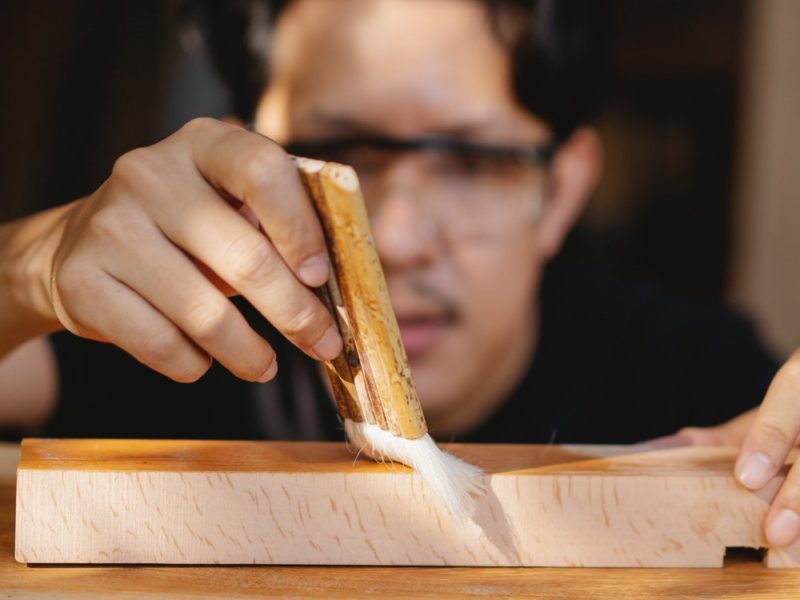When it comes to wood finishes, you may be wondering what the difference is between varnish and polyurethane. Both products are used to protect wood and give it a shiny finish, but there are some key differences between them. In this blog post, we will explore the differences between varnish and polyurethane and explain which one is best for your project. Stay tuned!
What is varnish and what is polyurethane
Varnish and polyurethane are two clear finishes that are often used on wood. Both varnish and polyurethane create a hard, durable finish that is water resistant and can protect against scratches and stains. However, there are some key differences between the two products. Varnish is made from a combination of resin and oil, whereas polyurethane is a synthetic polymer.
This means that varnish is a natural product, while polyurethane is man-made. Varnish also has a stronger odor than polyurethane, and it takes longer to dry. However, varnish is generally cheaper than polyurethane and it can be easily removed with paint stripper if necessary. Ultimately, the decision of which product to use depends on your personal preferences and the project you are working on.
how long does it take polyurethane to dry
There are many factors that can affect the drying time of polyurethane, including the type of product used, the thickness of the coating, the temperature and humidity levels, and the ventilation. In general, however, most products will be dry to the touch within 2-4 hours. For a full cure, however, it is typically recommended to wait 24-48 hours before using the item or subjecting it to heavy wear.
During this time, it is important to keep dust and other debris from coming into contact with the surface as it can cause imperfections in the finish. Once dry, polyurethane provides a durable and protective coating that helps to extend the life of your furniture, floors, and other household items.
How to choose the right one for your needs
When choosing between varnish and polyurethane, there are a few things you should consider. First, think about the project you are working on. If you need a durable finish that will withstand heavy wear and tear, then polyurethane is a good choice. However, if you are looking for a cheaper option or one that is easier to remove, then varnish may be a better choice.
Second, consider the appearance you are going for. Varnish can give wood a yellowish tint, while polyurethane has a more natural look. Finally, think about the drying time. If you need the project to be done quickly, then polyurethane is the better choice. However, if you can wait a little longer, then varnish may be a better option.
Pros and cons of each product
Varnish:
- +Cheaper than polyurethane
- +Easier to remove
- -Stronger odor
- -Takes longer to dry
Polyurethane:
- +More durable than varnish
- +Natural look
- – More expensive
- – Longer drying time
When to use varnish and when to use polyurethane
Varnish is a good choice for projects that are not subject to heavy wear and tear. It is also a good choice if you are looking for a cheaper option or one that is easier to remove. Polyurethane is a better choice for projects that require a durable finish or if you need the project to be done quickly.
How to apply these products correctly
Varnish:
- To apply varnish, start by sanding the surface you are working on to create a smooth surface. Then, apply a thin layer of varnish with a brush or roller and allow it to dry. Once dry, apply a second coat of varnish and allow it to dry completely.
Polyurethane:
- To apply polyurethane, start by sanding the surface you are working on to create a smooth surface. Then, apply a thin layer of polyurethane with a brush or roller and allow it to dry. Once dry, apply a second coat of polyurethane and allow it to dry completely.









